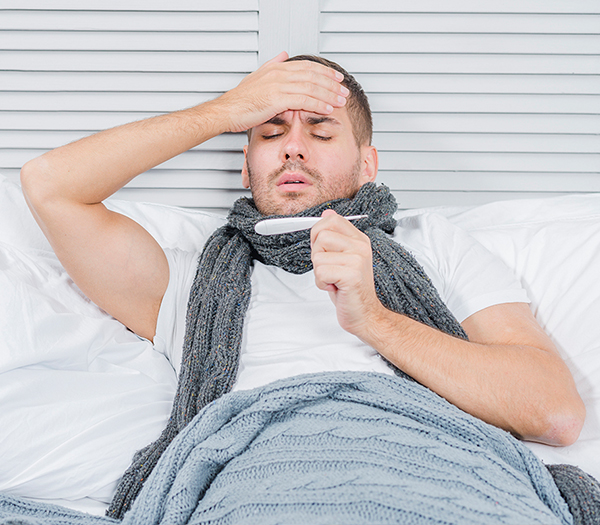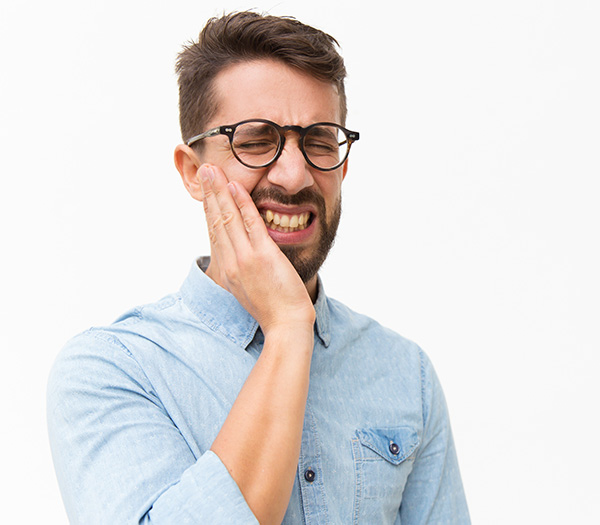Adults: Headache & Migraine, Muscle & Joint, Cold & Flu, Period Pain, Fever
Headache and Migraine
- Headaches are quite common.
- Most of us will suffer from them at some stage.
- Not every headache feels the same or has the same cause.
Common types of headaches:
Tension headaches - A tension headache is identified by an aching type of pain. It can feel as though your head is being squeezed, or like a build-up of pressure in your head.
Migraines - The wide range of symptoms of a migraine can include a throbbing pain on one or both sides of the head and sensitivity to light or sound.
What to do:
- Drink plenty of water throughout the day - dehydration can be a trigger
- Keep your mealtimes regular
- Improve your sleeping routine and position
What to avoid
- Drinking alcohol – it dehydrates your body
- Sleeping more than usual – it can worsen your headache
- Skipping meals – even if you don’t feel like it you should eat regularly
There are a number of things you can do to help prevent a headache occurring and there are ways to ease the symptoms, if and when you have one. Taking pain relief medication can also help. Camdol is one such pain reliever medication. It helps by providing temporary relief of pain associated with headaches (including migraine and tension headaches) and other body pain.
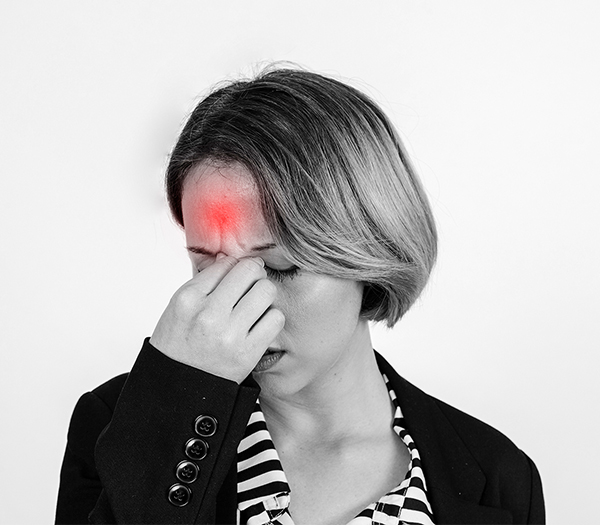
Muscle & Joint
- At some point in our lives, most of us will experience aches and pains in the body.
- The older we get, the more likely we are to experience pain.
- Here’s some information about what pain feels like, causes of pain and treatments for body pain, so you can find relief.
Knee & Hip Pain - Pain in the knee can have a variety of causes, including sprains, strains, tears and in some cases fractures or arthritis. Symptoms of injury to the knee include:
- Swelling
- Pain
- Joint laxity (feeling of looseness in the joint)
- Inability to straighten the leg
- Pain behind the kneecap
Pain in the hip can also have a variety of causes, including injury and osteoarthritis. 7 Symptoms of hip problems include:
- Pain in the groin area
- Pain in the thigh or knee
- Stiffness or feeling a reduced range of motion
- Weight-bearing pain.
Shoulder & Neck Pain - Shoulder pain is common and appears deep in the joint, in the back or front of the shoulder itself or even in the upper part of the arm. It can come from a range of causes including:
- Injury or sprain
- Problems in other parts of the body which cause referred pain
- Injury from manual labour, sports, or repetitive movement
- Poor posture
- Osteoarthritis
- Lack of use (e.g. after injury)
- The neck supports the head and is a highly mobile part of the body. Common causes of neck pain include poor posture, osteoarthritis and injury.
Back pain - Back pain is a common type of pain – around 1 in every 6 people reported back problems in 2017-18. Common causes of back pain include:
- Lifting injuries
- Awkward movements
- Not being active enough
- Poor posture
- Being overweight
- Muscle tension (which can be caused by stress)
Joint pain caused by osteoarthritis - Osteoarthritis is a chronic (long-term) disease of the joints that may have symptoms that fluctuate or progress over time. Some of the symptoms include:
- Pain that worsens with activity
- Joint stiffness lasting less than 30 minutes in the morning
- Joints that ‘pop’ and ‘crack’ when you move them
- Joints that feel like they ‘give way’
What to do:
- Try a pain reliever, such as acetaminophen (paracetamol). Pain relievers such as Camdol can help relieve body pain.
- Rest and give injuries time to heal.
- Apply ice to injured sprains or strains for 10 minutes every 1 to 2 hours for the first 48 hours after injury.
- Apply compression to a strain or sprain if practical for the first 48 hours.
- If possible, elevate and support the injured area with a pillow to reduce swelling.
- See your doctor. If in doubt, it never hurts to get your body pain checked out.
What to avoid
- If it’s a muscle strain or injury, avoid applying heat or massaging for the first few days
- Avoid getting back into exercise too soon. While exercise is important to help injured muscles recover, the optimal time to start it again is unclear. Ask your doctor or physiotherapist for guidance on what is best for you.
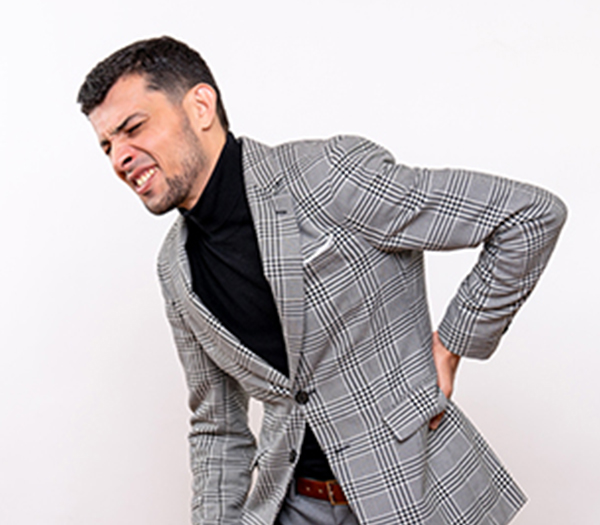
Cold & Flu
- Cold and flu symptoms can be similar, but they are different infections.
- Colds mainly affect the nose and throat.
- Flu symptoms usually start suddenly with a high fever and tend to make the body ache.
If you are experiencing cold and flu symptoms we encourage you to practice good hygiene (washing hands for 20 seconds with warm water, and cleaning between fingers and under nails) and physical distancing to help slow the spread of germs. If you are experiencing symptoms of fever, coughing, sore throat or shortness of breath you should seek medical advice from a doctor (including pathology testing) and stay at home (not go to school or work). Even though the symptoms for colds and flu can be similar, there are some differences.
Signs and symptoms of colds and flu
| FLU | COLD |
|---|---|
| Fever | A blocked or runny nose |
| Chills | A sore throat |
| Headaches | Headaches |
| Body aches | Muscle aches |
| Dry cough | Cough |
| A sore throat | Sneezing |
| A runny nose | A raised temperature (occasionally) |
| Feeling very weak and tired |
How to relieve the symptoms of colds and flu?
There are several ways you can help relieve cold and flu symptoms, including:
- Keep warm
- Get rest and sleep
- Take acetaminophen (paracetamol) to lower your temperature and to relieve any pains and/or aches
- Drink enough water
- To relieve a sore throat, gargle warm salty water
What to avoid?
To avoid catching a cold or flu practice good hygiene and avoid close contact with someone who is showing symptoms. Try not to touch your eyes or nose or mouth, as these are entry points for infections. Don’t share towels, or household items like glasses or mugs.
If you’re exhibiting symptoms, you should see a doctor. When it comes to colds and flu, healthcare professionals recommend you steer clear of antibiotics, as they do not relieve symptoms, nor speed up recovery. They are only effective against bacterial infections, not viral infections such as colds and flu.
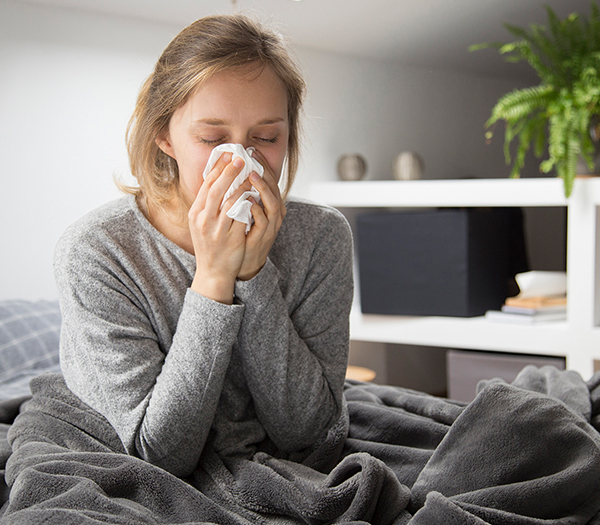
Period Pain
- If you have period pain, you’re not alone!
- Most women have experienced period pain.
- In fact, this is the most commonly reported menstrual problem.
Those who get period pain usually find it starts during their teenage years, soon after they start having menstrual periods. Period pain can impact your ability to carry out normal daily activities, including going to school or work. It’s usually worst when it starts (when the period starts or earlier), and tends to go away over the next 2 to 3 days.
What causes period pain?
Period pain is caused by natural chemicals called prostaglandins that are released in the uterus (womb) during your period. Some women have higher levels of prostaglandins than others (although it’s not clear why) and are more likely to get period pain. Prostaglandins cause the muscles in the wall of the uterus to contract, which can be felt as a cramping pain. The levels are highest just before your period starts, which is also when period pain is most common and at its worst. After a day or two, the levels of prostaglandins fall, and the pain usually subsides.
How to Relieve period pain?
There are things you can do to relieve period pain:
- Exercise: Regular exercise is a good idea, as well as paying attention to your overall fitness
- Pain-relieving medication: Pain relievers that reduce the effects of prostaglandins are very effective for period pain. Acetaminophen (paracetamol) helps in the pain relief process
- Relax and take care of yourself: Relaxation techniques, bed rest, and simple measures like using a hot water bottle or heat pack can be very effective
Is period pain anything to be concerned about?
For most women, having some pain during their period is just a natural part of life, and usually it goes away after a few days. However, you should check with your doctor if your period pain:
- Is interfering with your day-to-day activities.
- Is severe
- Gets worse or lasts longer than normal or if you have unusual symptoms
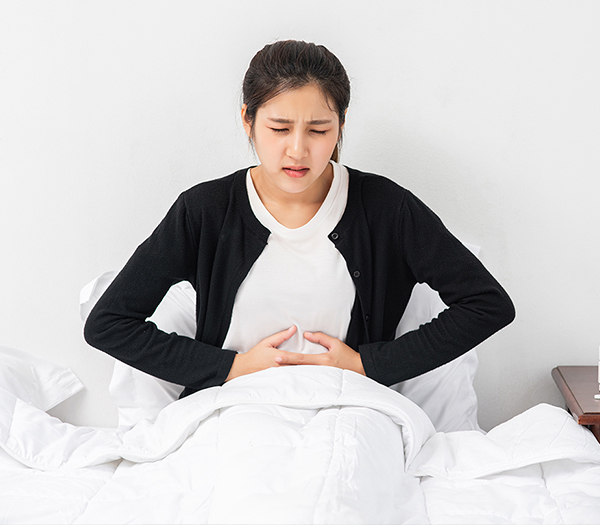
Fever
- Temperature higher than 38°C is considered a fever
- Fever is a normal response to illnesses
- Controlling the rise in temperature is important
Fever is a common symptom of bacterial and viral infections. Examples include infections that cause colds and flu. In addition to high temperature, fever often causes symptoms like sweating, shivering, chattering teeth, headache, flushed skin, aching muscles, dizziness and general weakness. Sickness isn’t always the reason you get a fever. Fever can also be caused by reactions to medicines or immunisations, or certain medical conditions.
There are practical ways to reduce a fever
To help relieve the discomfort of fever:
- Get plenty of rest
- Drink lots of water, to stay well hydrated
- Stay cool by wearing light clothes and sleeping with light bedclothes
- Keep the room at a comfortable temperature
- You could take a fever reducing medicine such as
- Take acetaminophen (paracetamol) to lower temperature
Seek urgent medical attention:
- Children under 3 months of age with a fever
- A person of any age with a fever, headache and stiff neck, or has rash that doesn’t blanche (fade) when pressed
- A person of any age with a fever who also experiences unexpected or unusual symptoms like hallucinations, muscle spasms or feels confused or drowsy
Children over 3 months of age, including adults who experience:
- trouble breathing
- drowsiness
- refusing to drink and/or not urinating as often
- stiff neck
- sensitivity to light
- ongoing vomiting or diarrhoea
- looking sicker than before – more pale, lethargic or weak
- any other symptoms that are causing you worry.
Or if you or someone you are caring for:
- still has a fever after three days
- are shivering or shaking uncontrollably
- are hot but not sweating
- are getting sicker instead of feeling better
- have recently travelled overseas.
